https://www.youtube.com/watch?v=gJMJeljuXzY
Making Pasta Dough - NoRecipeRequired.com
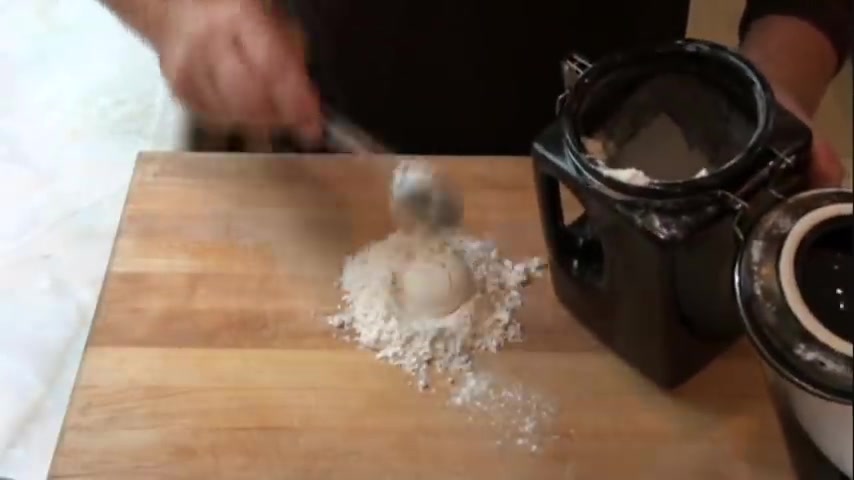
Hey , guys , welcome back to no recipe required .
I'm Dave today .
I'm gonna show you how to make a pasta dough .
OK , guys .
So to make our pasta dough , I'm just gonna start off with um some flour and put it right on my board .
I probably have probably gonna use three quarters of a cup or so .
Um Obviously , the recipe scales um to , to as much as you want , I'm gonna make a nice big uh big mound here and then I'm gonna make a uh a little hole in that mound kind of like a volcano .
This is um the technique I use is uh the well method .
Um I guess named after looking at a uh a well type of uh surface .
So once we've got that mixed in , I've actually got some egg yolk here .
Now , I've just got it in a container here because I did a recipe yesterday that required some egg whites .
So I saved the yolks , went ahead and made pasta .
Absolutely .
You can go ahead .
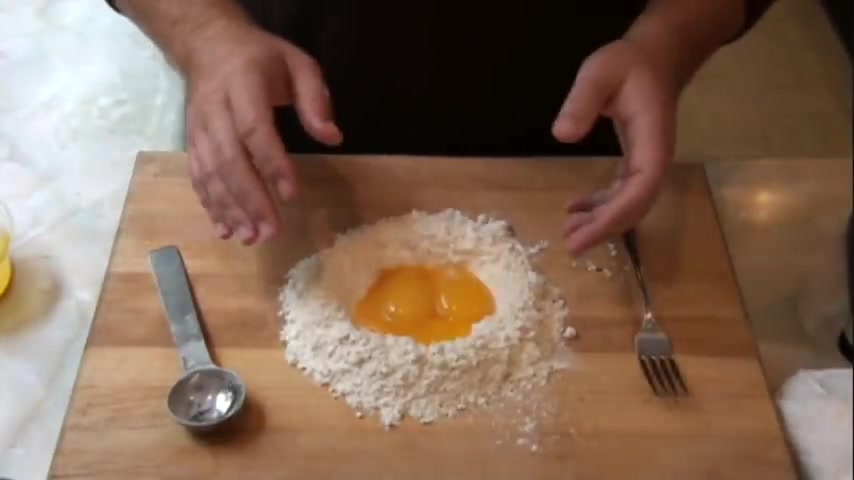
You can use the whole eggs , egg yolk and egg white in the dish um perfectly fine .
If you use just yolks like this , the pasta will be kind of richer .
It'll have a y more yellow color , um , but exact same technique , whether you do one or the other .
So I'm gonna go ahead and drop probably the yolks for two or three eggs in there .
Now it does again , the ratios they obviously matter in the final product .
But at this stage , er , you know , you're gonna be fine because you can always add a little bit more , um , more , uh , flour to the mix .
It is hard to add more egg .
Once you've got it kind of all mixed together , but not all that hard to get , uh , get more flour in there .
I'm gonna add a pinch of salt and I like to put just a touch of olive oil in mine as well .
Now you use a , uh , a fork here and you just kind of start scrambling the eggs like you normally do .
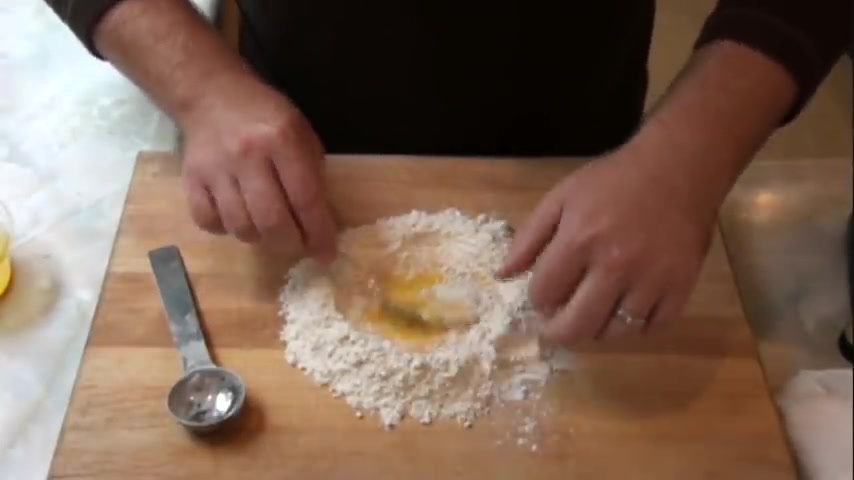
And then you slowly bring in some of that flour , um , from around the edge without obviously you don't want to break the wall of the well or , um , or um , the pasta or the , the mixture is gonna kind of go all over the place and you just continue using that for it , kind of scrape the bottom every once in a while and bring more and more of that flour in there .
I think I'm gonna be able to use a little bit more liquid .
So I'm gonna go ahead and add the rest of that yolk in there and then , you know , just kind of continue to mix along if you need to use your hand and bring that flower back in .
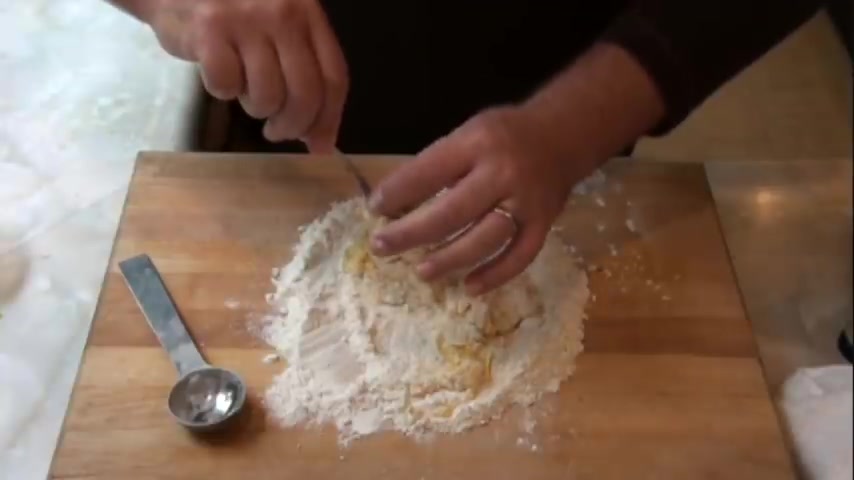
And as it gets thicker , you know , you can get more aggressive with , um , with moving things around and once it kind of forms together , then , you know , I kind of drop the fork , pull the rest of the dough out of there and then , um , just start using your hands .
And the idea is just as you , as you push it around and mix it together , that egg is gonna pick up more and more flour , it's gonna dry out and this is the dough we're forming .
Now , I find a little bit , goes a long way , um , because we are gonna , you know , roll this out and , uh , it creates quite a bit .
This dough here is probably enough for , uh , four people or so .
Just kinda , and you notice it's still , you know , very sticky , it's sticking to my hands .
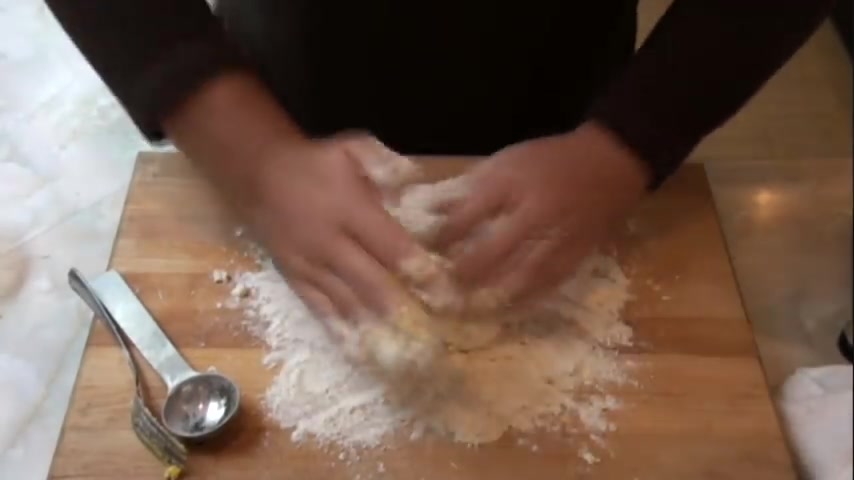
Um , so we're just gonna continue needing it and , um , adding flour to it .
All this flour here .
Probably most of this is gonna get picked up .
By the time we're done , you're looking for a , you know , fairly dry consistency , something that doesn't or won't stick to your hands .
You can kind of rub it back and forth and that'll get knock off some of the , um , some of the pasta dough that's sticking to you and then just work that into the dough and then once it's firm like this , you want to kind of start needing it .
I like to squeeze with one hand kind of turn it 90 degrees and then come in with the palm on my other hand .
So I'm gonna move my excess flour away , gonna keep some on there .
So it doesn't stick and just continue to need .
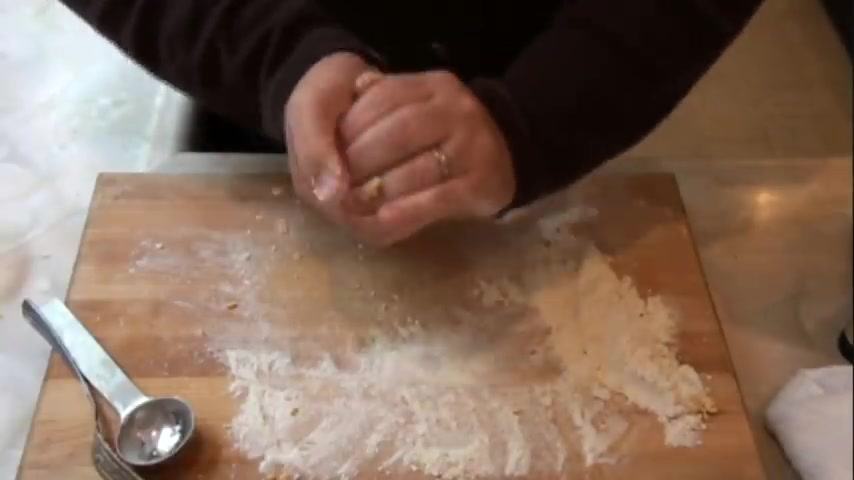
And I'm gonna continue doing this for probably , um , five or six minutes .
We'll come back .
Uh , once I've got it needed out .
Ok , guys .
So , like I said , I've been eating for probably five or six minutes and , um , I go , you know , until you can kind of tell by if you press it down and you see the dough kind of constrict a little bit .
That means you've gotten some of that gluten developed , which is gonna , um , you know , give that pot , give the pasta a nice , nice , uh , firm texture .
Now you can go ahead .
Um , I usually like to , you know , form it into a ball , let it rest , uh , for about half an hour , I'll take this and I'll put just a little bit of oil on it , just coat the outside to prevent it from drying out .
And then I'm gonna , uh , I'm gonna wrap this in plastic wrap , put it in the fridge for about half an hour .
Then it's , um , then it's ready to use .
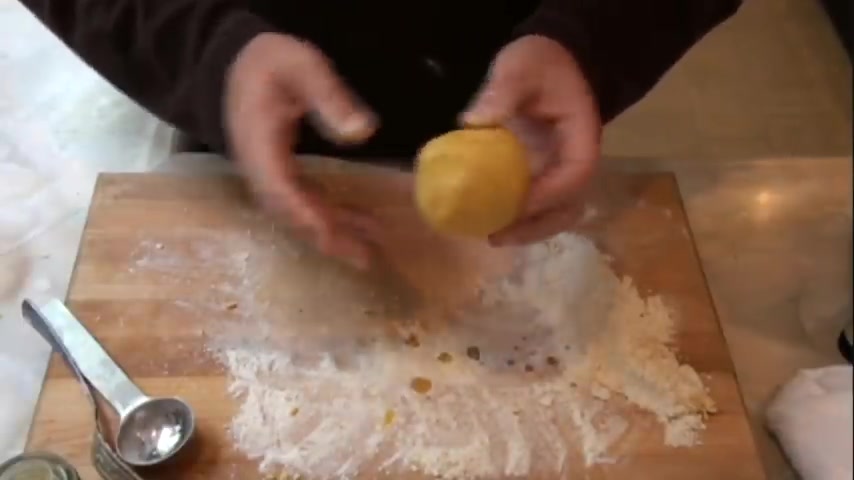
We're gonna roll it out or , um , you can , uh , if you do it a couple of hours ahead of time , that's perfectly fine as well .
Let's , um , let's go ahead .
We'll give it a chance to rest and , uh , come back once we're ready to roll it out .
Are you looking for a way to reach a wider audience and get more views on your videos?
Our innovative video to text transcribing service can help you do just that.
We provide accurate transcriptions of your videos along with visual content that will help you attract new viewers and keep them engaged. Plus, our data analytics and ad campaign tools can help you monetize your content and maximize your revenue.
Let's partner up and take your video content to the next level!
Contact us today to learn more.